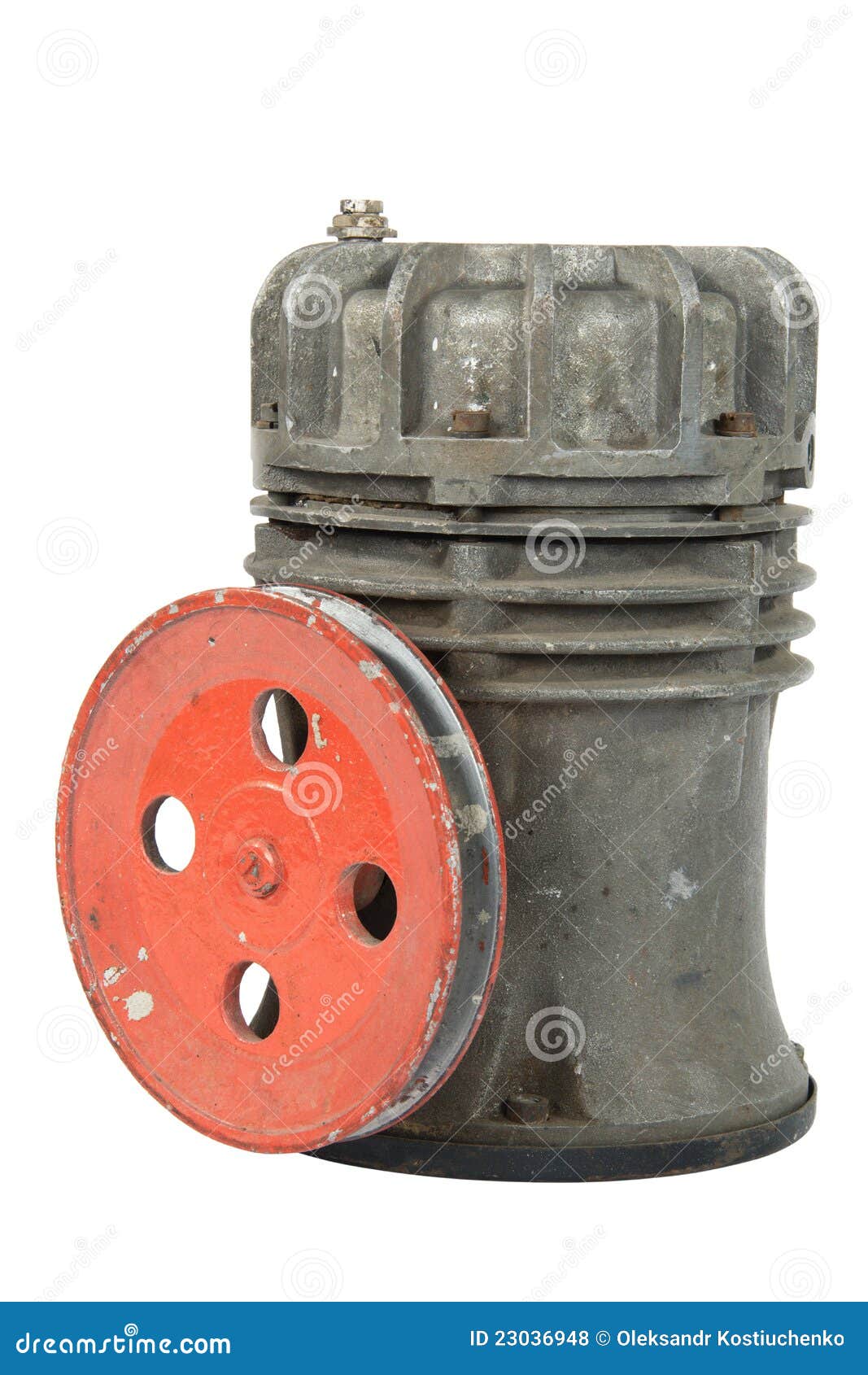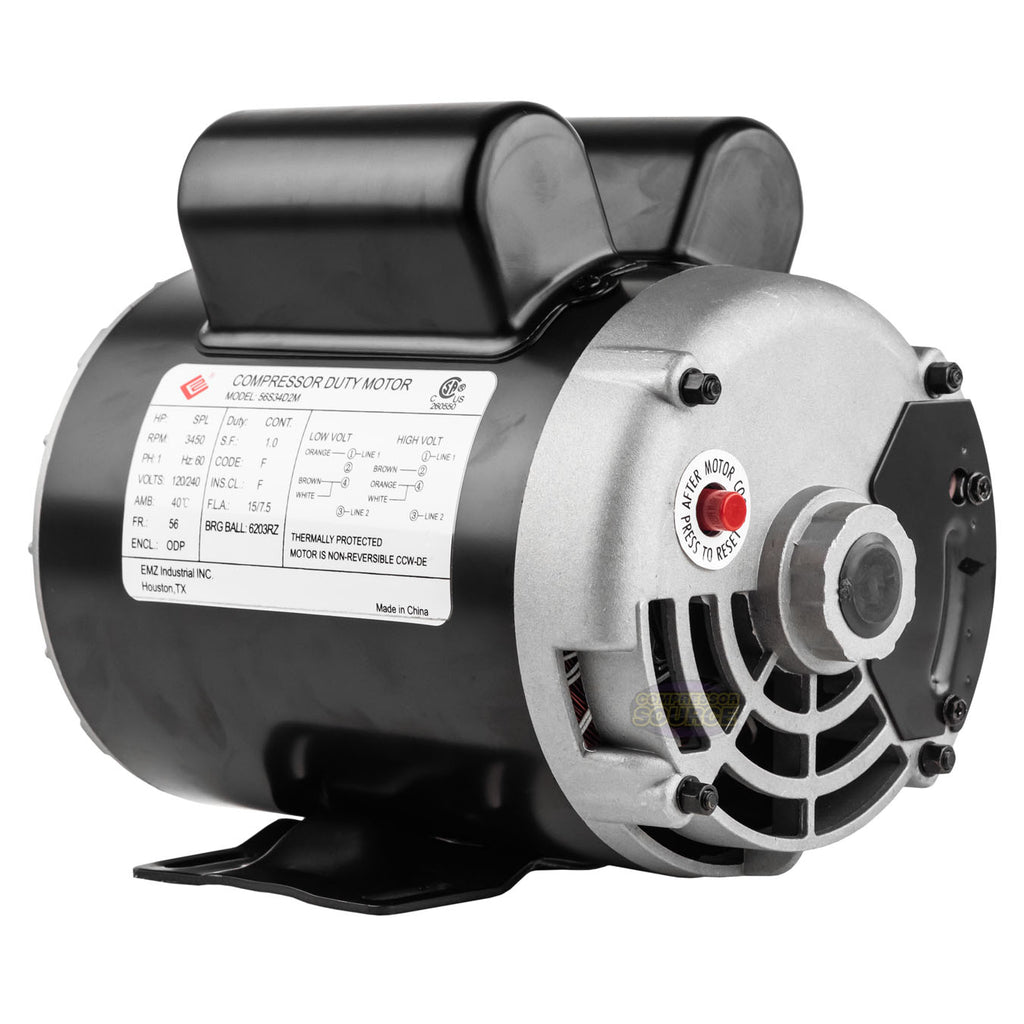
JPEG 2000 uses wavelet technology to compress rasters so they visually appear lossless, meaning that although the cell values do get manipulated, the differences between the original and the same raster with compression are not easily distinguishable. The JPEG (JFIF) compression algorithm can only be used with unsigned 8-bit raster data (one or more bands) and it can be applied on the first 12 bits of 16-bit data. The lower the compression quality, the higher the compression ratio. The more homogeneous the data, the higher the compression ratio. JPEG compression ratios can be as great as 10:1, and JPEG 2000 can be as great as 20:1. Choosing a lower value will result in more compression but a lower-quality image. Choosing a higher value will result in less compression and a higher-quality image. Lossy compression is suitable for GIS projects in which the raster dataset is simply a background image, but it is usually not suitable for raster analysis.įor JPEG and JPEG 2000 compression, the level of compression will depend on the data but can also be controlled by changing the compression quality the compression quality value ranges from 1 to 100 for both JPEG and JPEG 2000. Lossy compression, on the other hand, can compress raster datasets at a much higher ratio (such as 20:1) however, lossy compression does not retain the exact values of each pixel. Because lossless compression retains all the pixel values, it can only compress raster data at a low file-size ratio (such as 2:1 or 3:1, depending on the data).
#Tiff compressor decompressor zip#
It uses the same compression algorithm as the PNG image format and is similar to ZIP compression. LZ77 (the default) is a lossless compression that preserves all raster cell values. Raster compression types supported in ArcGIS Raster compression types supported in ArcGIS Compression You should choose lossless or no compression if the pixel values of the raster dataset will be used for analysis or deriving other data products.

Lossless compression means that the values of cells in the raster dataset are not changed or lost. When storing data in the geodatabase, the blocks of data are compressed before they are stored.ĭata compression can be lossy (JPEG and JPEG 2000) or lossless (LZ77, PackBits, CCITT). (Transmission compression for a map cache is the sameĪrcGIS can store compressed data in the following formats: IMG, JPEG, JPEG 2000, TIFF, Esri Grid, or in a geodatabase.

Significantly improve performance by reducing band width This is transmission compression and it is Services when transmitting pixels from a server to clientĪpplications. The more highly compressed the raster, the longer it will take to decompress.

When using JPEG 2000 compression, the amount of time spent on decompression is often related to the compression ratio. Most wavelet-based decompression is more CPU heavy than JPEG, LZW, or LZ77. However, since compressed data must be decompressed to draw to the screen, it can be slower than data that is not compressed and can increase CPU requirements on the server or application. An added benefit is greatly improved performance over a network, because you are transferring a reduced amount of the data being read from disk and transferred to the server or direct read application. The primary benefit of compressing your data is to reduce the size of the file to help save disk space.


 0 kommentar(er)
0 kommentar(er)
